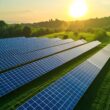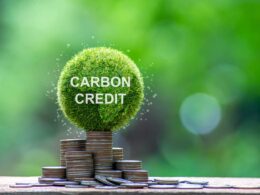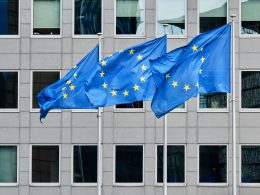Vietnam has officially launched the pilot phase of its national emissions trading scheme (ETS), targeting reductions in carbon dioxide emissions across three of the country’s most polluting sectors—steel, cement, and thermal power. The move marks a significant step in Vietnam’s broader climate strategy as it seeks to achieve net-zero emissions by 2050.
Under the scheme, companies in the targeted sectors will be required to hold allowances corresponding to their carbon intensity—the amount of CO₂ emitted per unit of production—according to a government decree issued on Tuesday. Businesses emitting more than their allocated allowances will be obliged to purchase credits to cover the excess.
The initial phase, running until 2029, is expected to cover around 50% of the country’s total CO₂ emissions. Subsequent phases will see the ETS expanded to other sectors, including freight transport and commercial real estate.
The first round of emissions allowances, covering the 2025–2026 period, will be distributed by the end of this year. While companies will be able to trade allowances, they may also offset up to 30% of their emissions using credits from verified low-carbon projects, either domestically or internationally.
Analysts caution that the environmental impact of the pilot phase may be limited, as most emission allowances are expected to be allocated free of charge during the initial rollout. “The priority is first to help entities adapt to the system, rules and regulations, rather than delivering immediate environmental impacts,” said Mai Duong, analyst at carbon market data firm Veyt.
Vietnam’s emissions have been on the rise in recent years, largely driven by a surge in coal-fired power generation, which increased by nearly 18% last year. Crude steel production also grew by 15% in 2024 compared to the previous year.
The ETS is set to become a central pillar of Vietnam’s climate policy as the country grapples with rising industrial emissions and seeks to transition to a low-carbon economy.





















